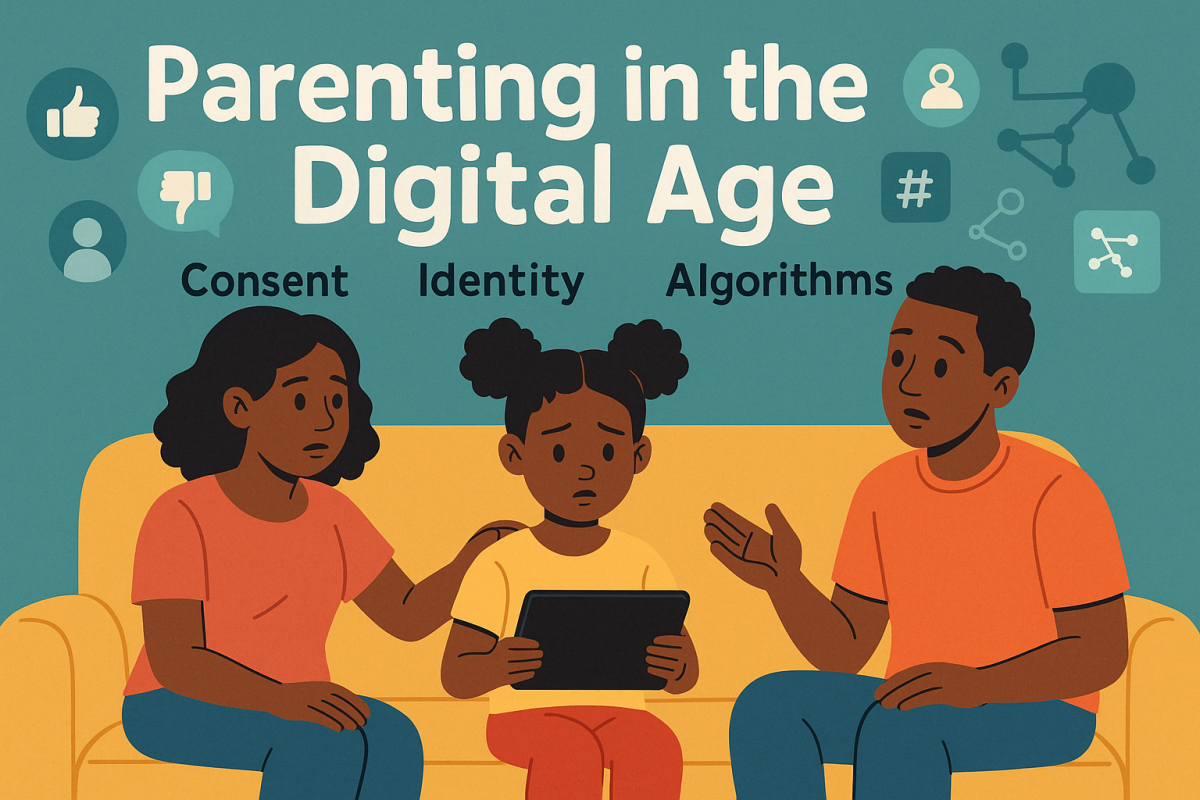Written by Jermaine Magethe
Parenting is more complicated now than ever because of the internet world. Not only are children utilizing technology, but they are also maturing in a media-rich environment where the internet contributes to learning, socialization and emotional life. Parenting and taking care of kids while trying to keep up with the world leaves one with a single question always in mind: are we doing enough to protect and prepare children for this digital world?
Most considerations of online safety begin with the age at which children can legally assent to internet access. Most websites set that at 13, in accordance with laws like the U.S. Children’s Online Privacy Protection Act (COPPA). Although important legally, that age doesn’t necessarily reflect whether a child is emotionally and mentally ready to handle the dangers of the internet. At age 13, most kids are just starting to acquire the critical thinking skills to understand what they’re viewing online, separate the real from the fake, and know how their information is being used. In spite of these challenges, millions of kids find a way to get around the age limits in great measure with minimal supervision; they sign up for sites designed for profit, not safeguarding.
The way children use digital media is integral to their growth. Researchers now divide the use of media into active and passive. Children who are actively creating something, learning from educational programming, or critically analyzing what they are viewing are more likely to achieve deeper digital literacy. Passive usage, like endless scrolling or watching videos that auto-play, has been linked to more exposure to bad content.
In websites such as YouTube, comment threads in kids’ videos tend to contain toxic language, indicating that users who are not very active are particularly vulnerable.
Social media makes it even more complicated, especially for teenagers. This is the phase where they’re attempting to find out who they are; a fragile process now controlled by algorithms, likes, filters, and follower counts.
Teenagers, who are constantly looking at digitally manipulated visions of perfection, start comparing themselves to impossible standards. The urge to look, act and be a certain way on social media typically distorts their sense of self. A new study released in JAMA Pediatrics found an alarming link between increased use of social media and increased depression in teenagers. Kids who spent more than an hour of social media use daily were much more apt to develop symptoms of depression, especially if they started using the sites prior to legal adulthood. Getting validation online may result in a broken identity of who you are and at times cause anxiety, self-injury, and suicidal tendencies.
These impacts are not just a result of peer influence. They are active characteristics of the sites themselves. Social media algorithms work by bringing up more of what people linger on. When a child pauses to watch a diet culture or mental health video, the algorithm responds by showing more of the same; sometimes even more extreme content. This has the effect of an echo chamber where toxic behavior is amplified. There have been lawsuits filed in America and Europe that have accused platforms like TikTok of exposing kids to harmful content, sometimes with disastrous results. In one notable case, a platform was sued by parents in France after their kids took their own lives, supposedly under the influence of algorithm-recommended content.
There is also a new topic to consider: generative AI. Chatbots and AI-driven content generators are increasingly within the reach of young people to use. They can be helpful for learning and fun, yet they carry enormous ramifications. Studies have found that some AI chatbots have discussed with children subjects they are not ready for, including sex, drugs, and suicide. The danger is not just in what these AI systems say, but also in how much children feel attached to them. Children can think of such systems as friends or people they can trust to share secrets with. With no regulation in place and parents being unaware, AI can quietly and forcefully influence the life of a child.
What do parents do in a strong and fast-paced digital age? Blocking applications or limiting screen time can be effective to some extent, but they are not helpful for enabling children to gain long-term strength with technology. One practical option is to talk openly and non-judgmentally about what children notice and face on the web. Rather than policing, parents can view with their children, question, and model critical thinking. Not only does this make kids feel secure, but it also shows them how to make smarter, safer decisions.
Education systems must also step up by making digital literacy as essential as reading, writing, and mathematics. Teaching kids how to critically evaluate sources, understand persuasive techniques, and engage with AI in an ethical manner will provide them with what they require to prosper. At the same time, policymakers must push platforms to become more accountable. This includes stricter moderation, age-sensitive AI designs, algorithmic transparency, and turning off features like beauty filters for children.
The goal, finally, is not to prohibit kids from the internet, but to give them the freedom and know-how to use it safely. Parenting in the modern age is not a matter of being afraid of things; it’s a matter of trusting, being aware, and understanding that every click, like, and scroll is influencing our children’s minds and futures. To help children grow up to be confident and resilient digital citizens, we need to involve them both in life and online.

